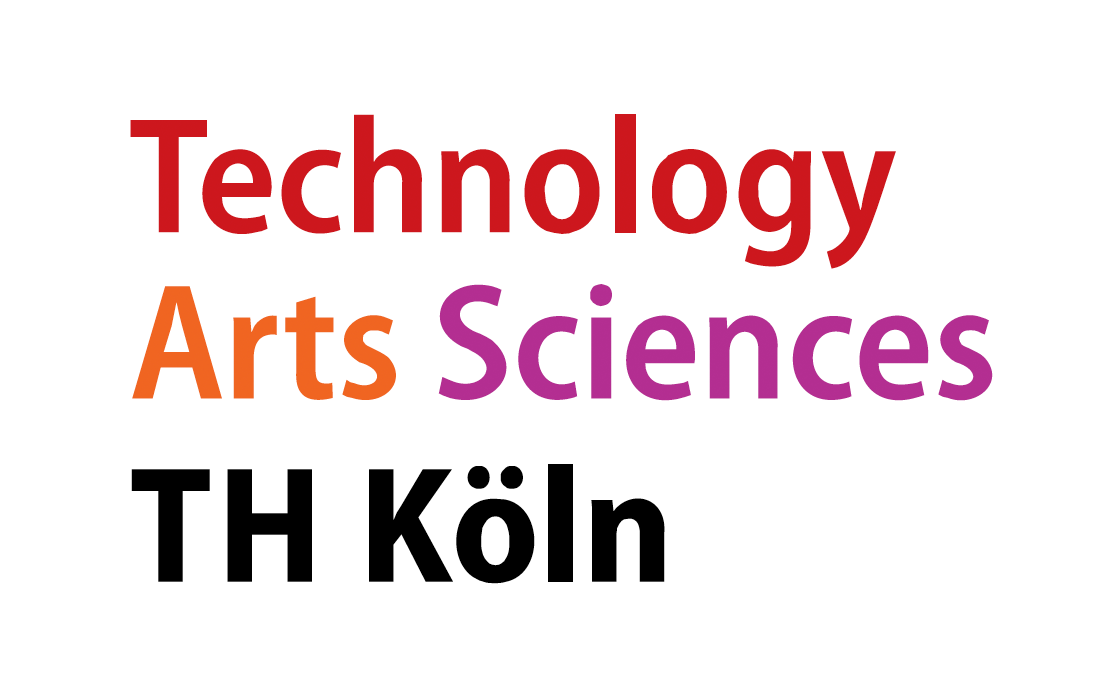Mapping to Focus Areas
Below, you find the module's mapping to the study program's focus areas. This is done as a contribution to all relevant focus areas (in ECTS, and content-wise). This is also relevant for setting the module in relation to other modules, and tells to what extent the module might be part of other study programs.
| Focus Area |
ECTS (prop.) |
Module Contribution to Focus Area |
| Empowering Business |
3 |
English: Focus is on the alignment of the IT architecture to business architecture. For this purpose, the analysis of core business, relevant processes and business capabilities frames the requirements for delivering digital services. Methods are considered how to develop IT-roadmaps accordingly.
Deutsch: Zentraler Gesichtspunkt ist das Alignment der IT-Architektur an der Business-Architektur. Dazu werden aus der Analyse des Kerngeschäfts, der relevanten Prozesse und der erforderlichen Geschäftsfähigkeiten Anforderungen an unterstützende digitale Dienste beschrieben und entsprechende Roadmaps entwickelt.
|
| Managing and Running IT |
3 |
English: Based on business requirements, a framework for action for the long-term development of the IT landscape and IT capabilities is described and deepened using the example of workflow design.
Deutsch: Ausgehend von den Geschäftsanforderungen wird ein Handlungsrahmen für die langfristige Entwicklung der IT-Landschaft und der IT-Fähigkeiten beschrieben und am Beispiel der Gestaltung von Workflows vertieft.
|
Learning Outcome
Students should learn to apply architectural thinking as a foundation to organize and
manage enterprise / IT processes, workflows and service landscape.
Based on a deep understanding of the concept „ARCHITECTURE“ they are able to
identify basic architectural elements according to concerns. They are able to document the baseline
architecture and to derive the target architecture aligned to business / IT strategy.
Classification of tasks as well structured and ill-structured activities and impacts for automation.
This involves analyzing the requirements of the IT strategy and deriving a common vision of the strategic
requirements of the IT operations and covers the design of IT landscapes and the needed roadmaps and
to identify appropriate common frameworks to support these tasks.
To align IT services and systems on business needs to improve business and to support
business innovation by agile IT concepts.
Module Content
- IT Strategy
- Enterprise Modeling: Metamodeling, Ontologies
- Enterprise Architecture and Architecture Description
- EA Frameworks and EA Management
- workflow management systems based on SAP and open source tools
- process models for the implementation of workflow management systems
- Petri nets for modeling and verification of workflow management systems
- EDI subsystems
- GS 1 standards for EDI
- Business service management as an approach for business alignment
- Flipped classroom
- Exercises + team work
- Hands-on-workshop on EA modeling and workflow tools
Learning Material Provided by Lecturer
- Software tools for
- … EA modeling
- … workflow management
- … transactions (SAP-System)
Literature
- Ross J. W. et al.: Enterprise Architecture as Strategy: Creating a Foundation for Business Execution. McGraw-Hill Professional 2006
- Bente S. et al.: Collaborative Enterprise Architecture - Enriching EA with Lean, Agile, and Enterprise 2.0 practices. Morgan Kaufmann Publishers, 2012.
- Hanschke I.: Strategisches Management der IT-Landschaft. Ein praktischer Leitfaden für das Enterprise Architecture Management 3., aktualisierte und erweiterte Auflage, 2013.
- The Open Group: TOGAF Version 9. Van Haren Publishing 2009.
- van der Aalst W. ; Stahl C.: Modeling Business Processes: A Petri Net-Oriented Approach (Cooperative Information Systems), MIT Press, 2011.
- Girault C.; Valk, R.: Petri Nets for Systems Engineering: A Guide to Modeling, Verification, and Applications, Springer Berlin Heidelberg, 2002.
- Liu X.; Yuan D.; Zhang G.; Li W.: The Design of Cloud Workflow Systems (Springer Briefs in Computer Science), Springer New York, 2011.
- Fletcher, A.N; Brahm, M.; Pargmann, H.: Workflow Management with SAP® WebFlow®: A Practical Manual, Springer Berlin Heidelberg, 2010.
- Tanenbaum, A.S.; van Stehen, M.: Distributed Systems: Principles and Paradigms, Prentice Hall International, 2006.
- van der Aalst, W.: Workflow Management, MIT Press 2004.
- van Bon, J.; Wilkinson, J.: Foundations of IT Service Management based on ITIL V3, Van Haren Publishing, 2007.
- Pieper, M.: Service Strategy Based on ITIL V3: A Management Guide, Van Haren Publishing, 2008.
- Cartlidge, A.;Lillycrop, M.: ITIL V3 Foundation Handbook, The Stationery Office Ltd., 2009.
- Johnson, M.: Business Service Management: What you need to know for IT Operations Management, Tebbo, 2011.
- Hadzipetros, E.: Architecting EDI with SAP IDocs, SAP Press, 2009.
- RFID Handbook: Fundamentals and Applications in Finkenzeller, K.; Cox, K.: Contactless Smart Cards, Radio Frequency Identification and Near-Field Communication, John Wiley & Sons, 2010.
- http://www.amazon.de/Modeling-Business-Processes-Net-Oriented-Cooperative/dp/0262015382/ref=sr_1_1?s=books-intl-de&ie=UTF8&qid=1322422930&sr=1-1
